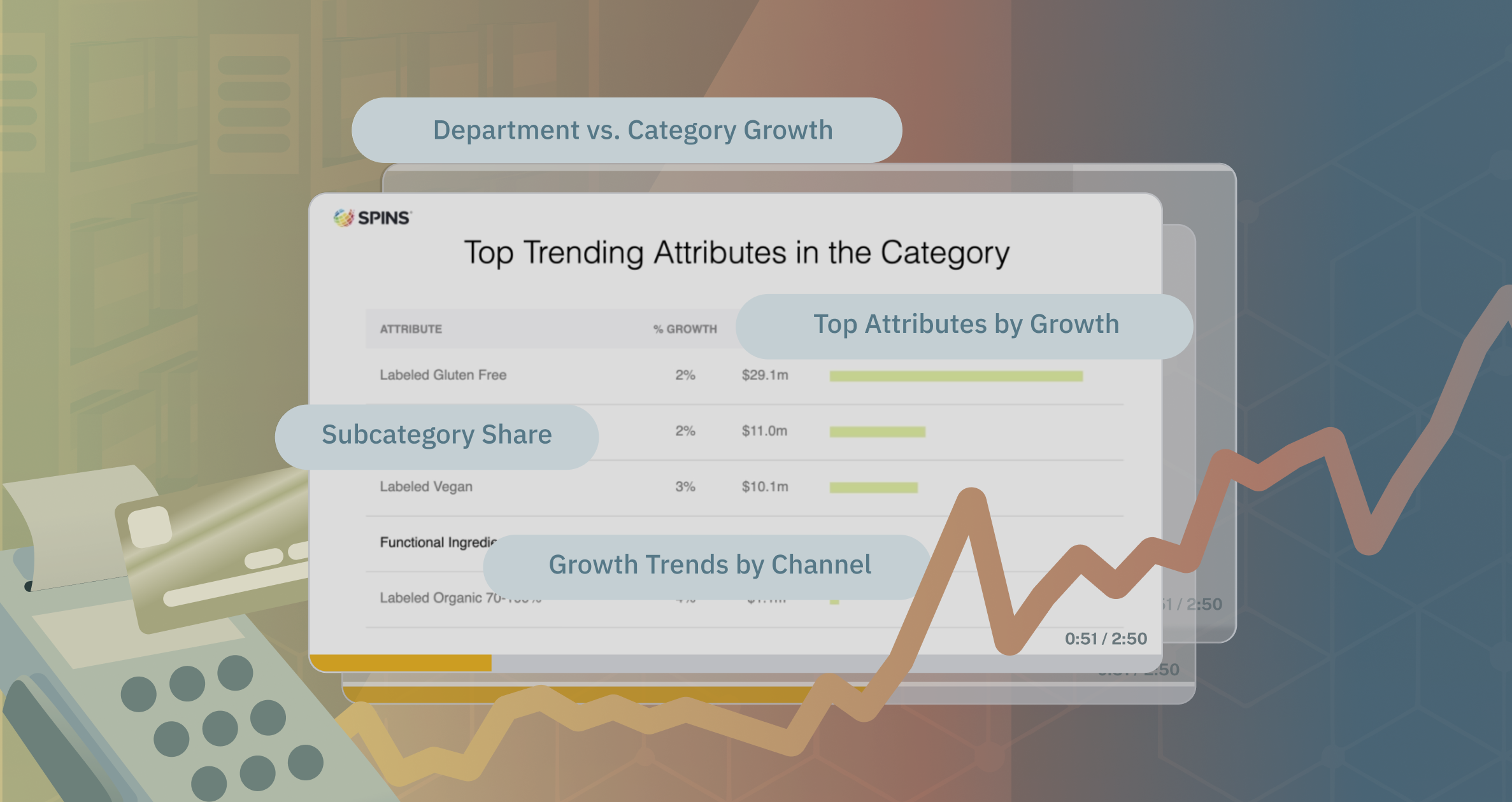The Power of Data Proficiency in the CPG Industry
In today’s competitive CPG landscape, data isn’t just an asset—it’s a necessity. Brands that leverage data effectively can optimize product performance, refine their go-to-market strategies, and create compelling sell stories that secure shelf space in top retailers. Whether you’re a growing brand looking to break into new markets or an established player refining your retail approach, mastering data proficiency is key to standing out.
This article combines best practices for data-driven decision-making with actionable strategies to craft a sell story that resonates with retailers.
Why Data Proficiency Matters for CPG Brands
- Informed Decision-Making
Brands with robust data insights can make strategic decisions on product innovation, pricing, and distribution. Understanding market trends, consumer preferences, and sales patterns allows companies to anticipate demand and stay ahead of competitors. - Optimized Retail Strategies
Retail buyers expect more than a great product; they want proof that it will drive sales. Data proficiency enables brands to present clear, evidence-backed arguments about why their product deserves shelf space. - Competitive Benchmarking
By analyzing category trends, consumer demographics, and competitor performance, brands can identify gaps in the market and position their products effectively. - Measurable Growth & Adaptability
Access to real-time data allows brands to pivot quickly in response to changing consumer behaviors or emerging trends, ensuring long-term success.
Elevating Your Sell Story with Data
A strong sell story is essential when pitching to retailers. Buyers want to know how your product will perform, what sets it apart, and how it aligns with consumer demand. Here’s how data can elevate your pitch:
- Show Retailers What’s Trending
- Leverage industry data to highlight growing trends that support your product’s relevance. If your product aligns with a fast-growing consumer preference (e.g., plant-based, clean-label, functional ingredients), use data to validate that demand.
- Example: “The natural energy drink category has grown 25% year-over-year, and our product meets this demand with functional, clean-label ingredients that consumers are actively seeking.”
- Validate Consumer Demand with Sales Insights
- Retailers need assurance that your product will sell. Use sales velocity, repeat purchase rates, and regional performance data to demonstrate market traction.
- Example: “Our product has a 30% higher repeat purchase rate than the category average, proving strong consumer loyalty and demand.”
- Differentiate from Competitors
- Data can highlight gaps in the market and position your product as a solution. Whether it’s pricing, ingredient transparency, or sustainability, use data to quantify your unique value proposition.
- Example: “Our product is the only organic, sugar-free option in the category, addressing a gap that 40% of consumers report looking for.”
- Optimize Assortment and Regional Strategy
- Understanding regional performance can help brands tailor their pitch to specific retailers. Highlighting strong sales in similar markets or demographics increases the likelihood of buy-in.
- Example: “In the Midwest region, products with high-protein claims have seen a 20% increase in sales, aligning with our product’s value proposition.”
- Build a Data-Driven Marketing Strategy
- Retail buyers want to see that you’re investing in consumer awareness. Presenting a clear marketing plan—backed by engagement metrics, digital performance, and in-store activation plans—demonstrates commitment to driving traffic to their stores.
- Example: “Our targeted digital campaign has driven a 50% increase in brand awareness among key demographics, and we’re investing in geo-targeted promotions to support retail sell-through.”
Actionable Steps to Improve Data Proficiency
- Invest in the Right Data Tools
Platforms that provide category and consumer insights can inform strategic decisions. - Train Your Team on Data Literacy
Ensuring your sales, marketing, and product teams can interpret and apply data effectively strengthens your go-to-market strategy. - Monitor Key Performance Metrics
Track velocity, distribution gains, and consumer engagement to refine strategies and improve retail pitches. - Develop a Data-First Culture
Encourage data-driven decision-making at all levels of your organization to improve efficiency and outcomes.
Elevate Your Brand Strategy for Long-Term Retail Excellence
The most successful CPG brands don’t just collect data—they apply it strategically to optimize retail pitches, drive growth, and secure long-term success. By improving data proficiency and integrating insights into your sales story, you can strengthen retailer relationships, enhance consumer engagement, and outperform the competition.
Are you ready to elevate your brand’s data strategy? Investing in the right insights today will position you for sustained success in the evolving retail landscape.




